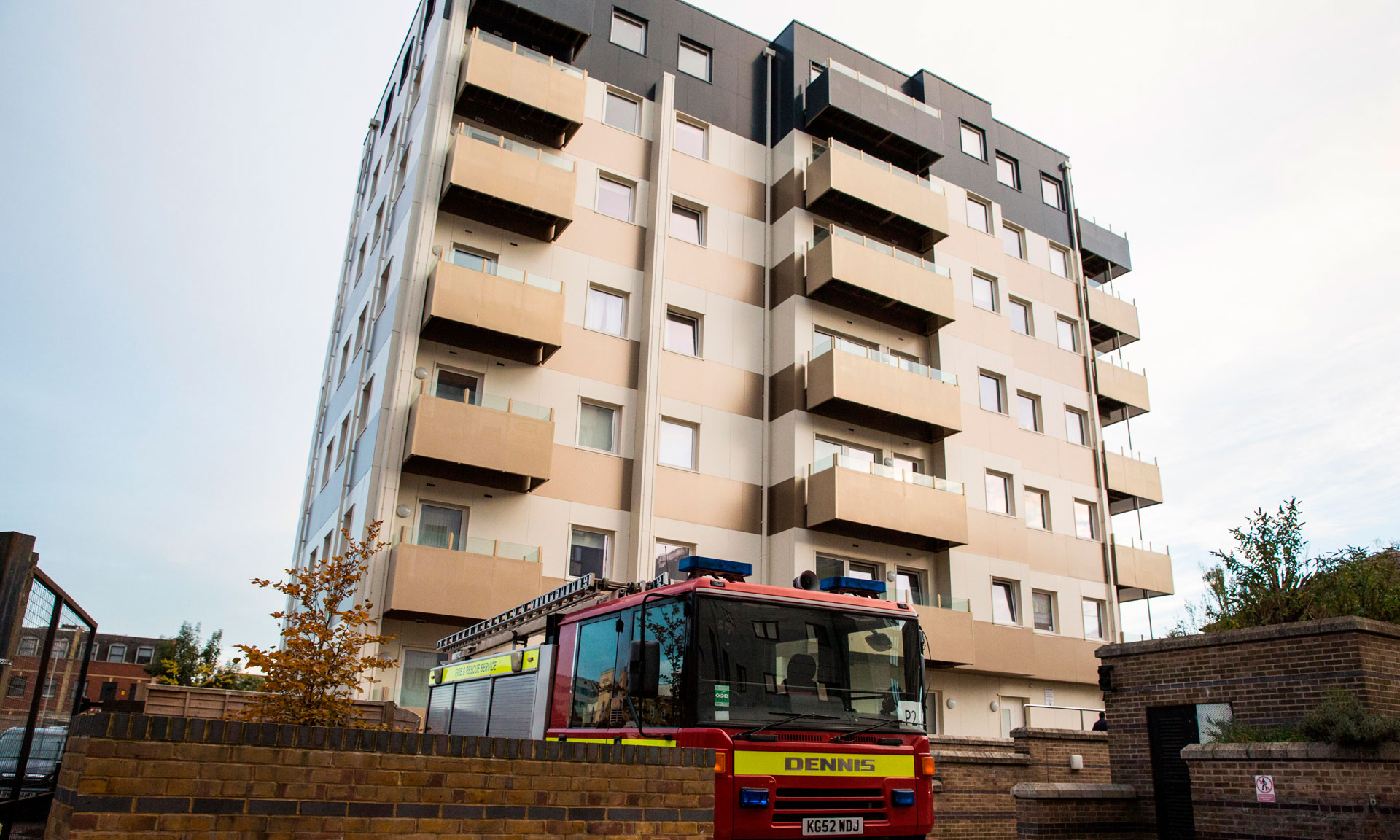
Housing secretary Robert Jenrick has announced £3.5bn more funding to remove dangerous cladding from high-rise buildings in England, but it will still leave leaseholders paying thousands for other related costs.
The additional funding will cover cladding removal from buildings over 18 metres or six storeys, meaning leaseholders in buildings under 18 metres could still have to pay for the work themselves.
Today’s announcement also didn’t include any financial support for other costs affected buildings are facing, such as waking watches, the installation of fire alarm systems and skyrocketing insurance premiums.
Here, Which? explains what’s been announced and the scale of the costs leaseholders could still be facing.
What has the government announced?
Today’s announcement added £3.5bn to the existing Building Safety Fund. The fund was previously £1.6bn in size, with £600,000 of that earmarked for buildings with Grenfell-style ‘ACM’ cladding, and £1bn for other kinds of combustible cladding.
The government also announced a long-term financing scheme meaning leaseholders in four to six-storey buildings will pay at most £50 a month for cladding removal, though details of this plan are still being finalised.
Jenrick said leaseholders facing large remediation bills are in an ‘absolutely invidious situation’, and that the new plan is ‘fair and generous’ to leaseholders.
But as Which? research has found, leaseholders are still facing crippling costs for building safety expenses other than cladding removal, which this announcement doesn’t cover.
Jenni Garrat, speaking on behalf of the End Our Cladding Scandal campaign, said: ‘The cladding and building safety crisis is having a hugely damaging impact on millions of leaseholders, both financially and mentally.
‘Today’s government announcement, unfortunately, won’t change that for people like me who will still be saddled with crippling bills to make my home safe.’
Who can access the money?
The newly topped-up Building Safety Fund is open to owners of buildings over 18 metres tall, which the government says are most dangerous, but these are by no means the only buildings affected by the cladding scandal.
Which? has been in contact with leaseholders from dozens of affected buildings, including several who are facing high costs despite living in buildings below 18 metres in height.
We’ve even heard from leaseholders in buildings taller than 18 metres that have struggled to secure grants from the Building Safety Fund.
The government also previously announced a £30m fund to cover fire alarm installation for buildings over 18 metres with waking watches installed.
However, Which? research found that the average cost for fire-alarm installation based on quotes received by 12 buildings was £127,000.
If this is the true average, the £30m fund would only cover 236 buildings – less than half of the 590 buildings with waking watches in London alone.
What still doesn’t have funding?
Even leaseholders who do manage to remove cladding using the newly announced fund could still face additional costs for other issues related to the scandal.
When combined, these bills can be so high that one in six affected leaseholders are exploring bankruptcy options, according to a survey of more than 1,300 leaseholders by property magazine Inside Housing.
1. Waking watches
There’s so far no government funding to pay for waking watches, which can cost buildings tens of thousands each week.
We asked four developments about their waking watch costs in December 2020 and found that they’d paid nearly £1m between them so far.
The Inside Housing survey found that 43% of affected buildings have a waking watch.
2. Buildings insurance
Buildings insurance premiums have ballooned by an average of 500%, leaving some leaseholders paying more than £3,000 a year each for insurance after fire safety defects have been discovered, according to recent Which? research.
At the time of writing, there’s no government support available to help leaseholders cover these increases.
3. Other fire safety defects
It’s come to be known as the ‘cladding scandal’, but buildings can require expensive remediation bills for other fire safety defects, such as missing cavity barriers or other combustible materials.
One leaseholder told Which? he’s facing a £100,000 bill to pay to fix unsafe cavity barriers. Even with £3.5bn more in the Building Safety Fund, leaseholders in his situation will receive no help to pay these bills.
Hear leaseholders’ stories
In December, The Which? Money Podcast talked to leaseholders and campaigners about how the cladding scandal has changed their lives.



